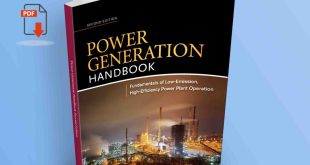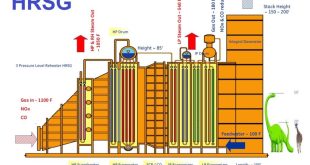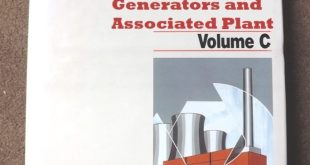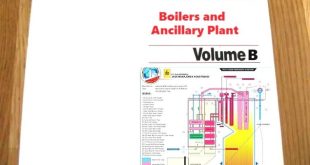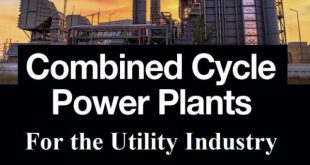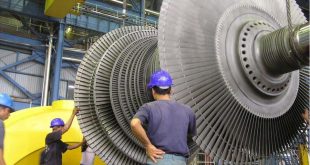The objective of this article is to provide power plant personnel with a basic understanding of the major components of the combined cycle power plant and the role of each component to achieve optimum plant efficiency.
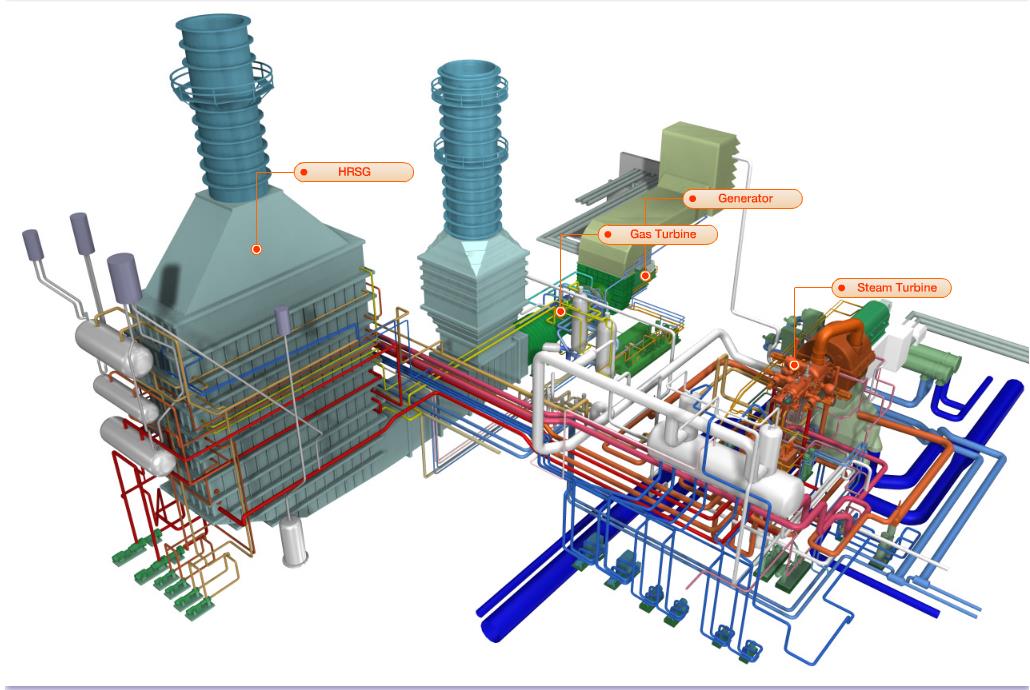
There are many different types of power plants including thermal and hydraulic power plants. Thermal power plants burn some sort of fuel such as fossil or nuclear fuel to produce heat energy that is converted to electrical energy through a series of intermediate processes.
The traditional thermal power plant is the Rankine cycle plant. Early plants had thermal efficiencies of approx 25% to 30%. The Rankine cycle has been refined considerably over the years and made more efficient by the addition of components like feedwater heaters, superheaters, and reheaters.
The gas turbine industry has seen a resurgence in the last 20 to 25 years. Because gas turbine efficiency increased due to material and design improvements. Another cause for growth in the gas turbine industry has been the growing popularity of combined cycle power plants.
A combined cycle power plant consists of one or more gas turbines that drive generators and exhaust into a boiler called Heat Recovery Steam Generator HRSG. That generates steam for the Rankine cycle unit.
One of the principal reasons for the popularity of the combined cycle power plants is their higher thermal efficiency. Combined cycle power plants with thermal efficiencies as high as 54% have been built. Combined cycle power plants can achieve this efficiency because more of the heat from the gas turbine is captured and used in the Rankine cycle portion of the plant.
Another reason for the popularity of combined cycle plants is the relatively short time required for their construction. Although it takes longer to build a combined cycle plant than a simple gas turbine plant, a combined cycle plant can be built in much less time than a Rankine cycle plant of comparable output.
Combined Cycle Power plant diagram
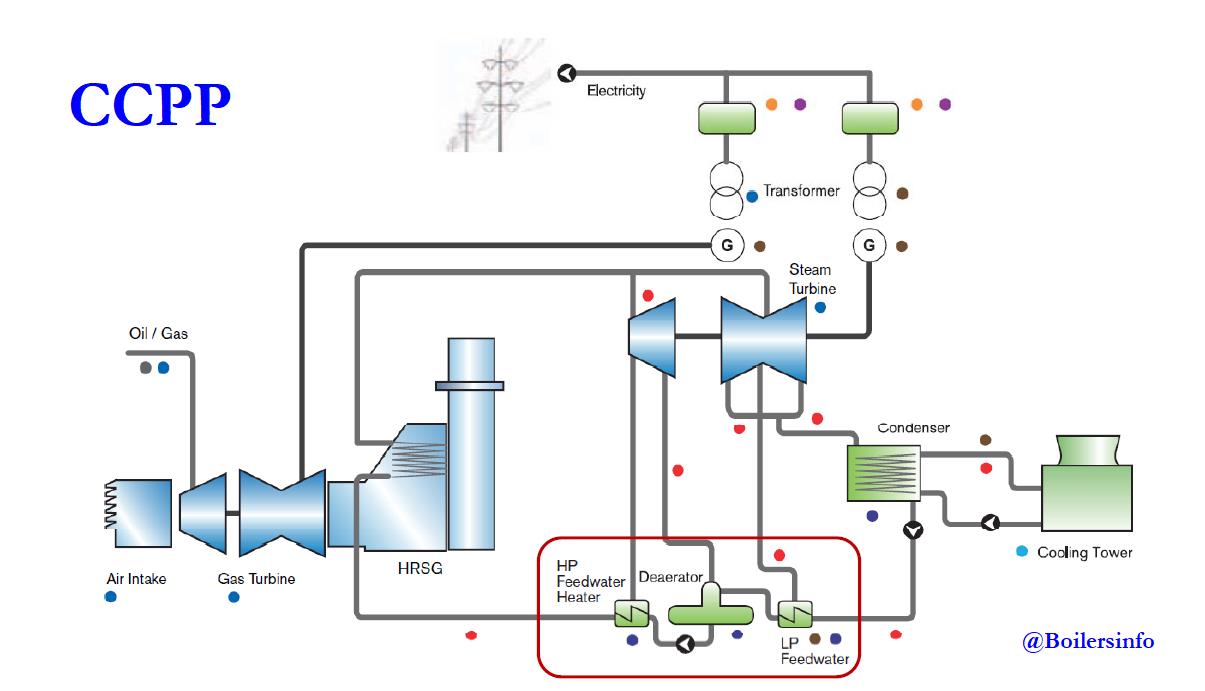
A combined-cycle gas turbine power plant is essentially an electrical power plant in which a gas turbine and a steam turbine are used in combination to achieve greater efficiency than would be possible independently. The gas turbine drives an electrical generator while the gas turbine exhaust is used to produce steam in a heat exchanger (called a Heat Recovery Steam Generator, HRSG) to supply a steam turbine whose output provides the means to generate more electricity. If the steam is used for heat (e.g. heating buildings) then the plant would be referred to as a cogeneration plant.
 Boilersinfo Boiler and Mechanical Power Digital Library
Boilersinfo Boiler and Mechanical Power Digital Library
